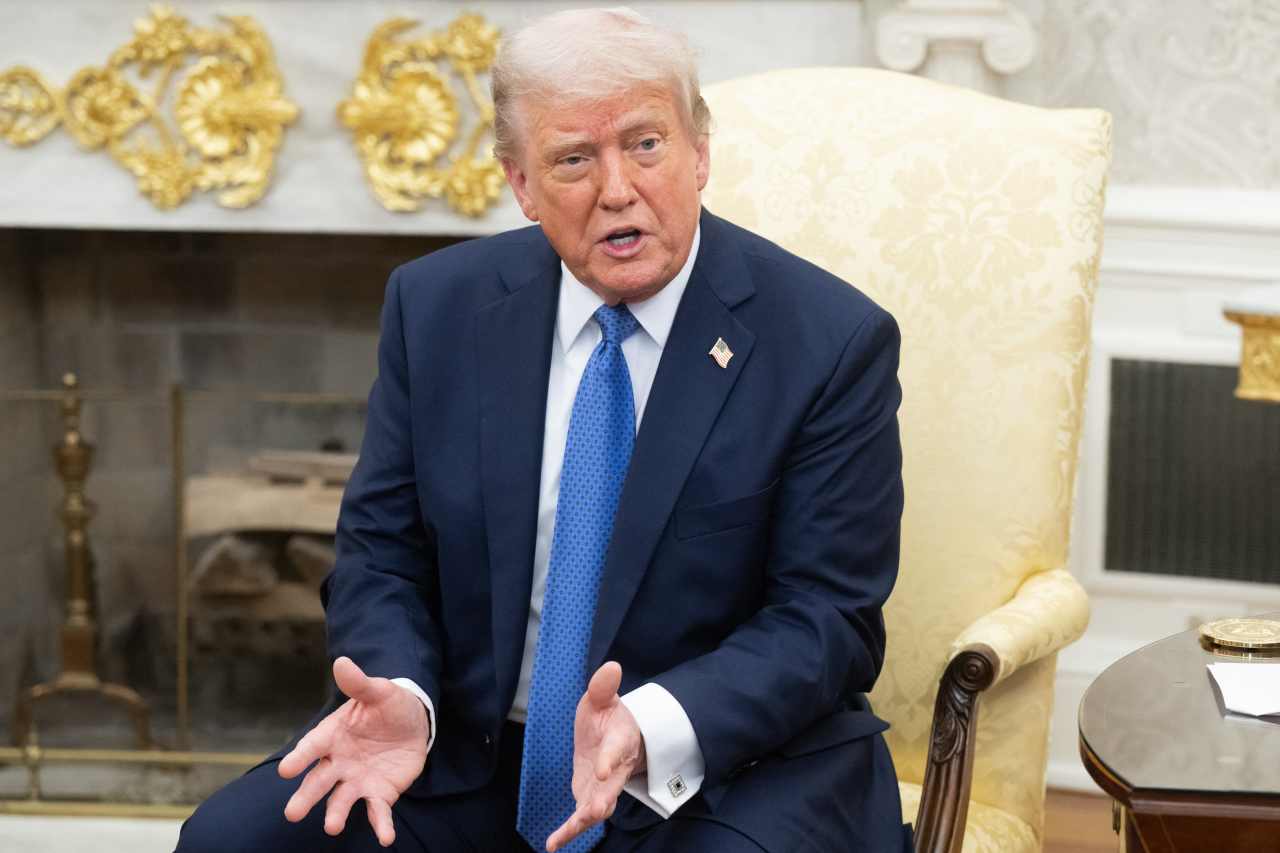White House’s Tariff Options Post-Court Ruling, Per Goldman Sachs
On May 28, 2025, the U.S. Court of International Trade blocked President Donald Trump’s “Liberation Day” tariffs—10% on most imports, 25% on Canada and Mexico, and 20% on China—ruling that he exceeded his authority under the International Emergency Economic Powers Act (IEEPA). According to Goldman Sachs analysts, this decision, while a setback, is not a definitive end to Trump’s trade agenda, as the administration has several alternative pathways to reinstate or replace the tariffs. Below are the key options outlined by Goldman Sachs and other insights into the White House’s next steps:
- Appeal the Ruling: The Trump administration has already appealed to the U.S. Court of Appeals for the Federal Circuit, with potential escalation to the Supreme Court. Goldman Sachs notes that a stay of the ruling could delay the 10-day deadline to halt tariff collections, allowing the administration to maintain trade pressure. The appeal hinges on arguing that IEEPA grants the president broad emergency powers, citing a 1971 precedent upholding Nixon’s tariffs. However, the court’s unanimous decision, backed by judges appointed across administrations, suggests a tough legal battle ahead. Posts on X, like those from @zerohedge and @USTYC_App, emphasize the appeal’s significance but note uncertainty about its success.
- Section 122 of the Trade Expansion Act of 1962: Goldman Sachs highlights that the administration could quickly impose a 15% across-the-board tariff for up to 150 days under Section 122, which allows tariffs to address balance-of-payments deficits without congressional approval. This temporary measure would buy time to pursue other strategies, potentially mitigating the immediate economic disruption caused by the court’s ruling. Goldman analysts describe this as a “nothingburger” in the long term, as it sidesteps the IEEPA’s limitations.
- Section 301 of the Trade Act of 1974: The White House could launch a series of Section 301 investigations targeting “unfair” trade practices by major trading partners like China, the EU, or Japan. This law allows tariffs to counter specific trade violations, such as subsidies or intellectual property theft, and has been used previously against China. Goldman Sachs suggests this could replace the blocked 10% universal tariff and country-specific levies (e.g., 20% on China) with tailored duties, though the process is slower, requiring investigations and findings. This approach could face fewer legal challenges than IEEPA-based tariffs but would need precise justifications.
- Other Legal Authorities: Goldman Sachs points out that sector-specific tariffs, such as those on steel (25%) and aluminum (10%) under Section 232 of the Trade Expansion Act, remain unaffected by the ruling, as they don’t rely on IEEPA. The administration could expand these to other industries, like autos or semiconductors, to maintain trade pressure. Additionally, reciprocal trade laws could allow tariffs matching those imposed by trading partners, though these would require detailed documentation and could spark retaliatory trade wars, as seen with China’s 125% tariffs on U.S. goods.
- Negotiated Exemptions and Trade Talks: The administration could use the threat of reinstated tariffs to push for trade concessions, as suggested by Goldman Sachs’ observation that the ruling “might not change the final outcome for most major U.S. trading partners.” Trump’s earlier exemptions for USMCA-compliant goods from Canada and Mexico indicate a willingness to negotiate. South Korea’s planned tariff talks in Washington and Canada’s planned countermeasures reflect ongoing diplomatic maneuvering, which could lead to revised trade terms rather than blanket tariffs.
Economic and Strategic Context: Goldman Sachs warns that while these options keep Trump’s trade agenda alive, they heighten uncertainty, potentially roiling markets and increasing recession risks (currently estimated at 45% by Goldman, down from 65% after a brief tariff pause). The ruling blocked 6.7 percentage points of the planned tariff hikes, but alternative measures could offset this loss. However, prolonged uncertainty could dampen business investment and consumer spending, as seen in Goldman’s downgrade of Target due to tariff-driven inflation pressures. The administration’s push to weaken the dollar via tariffs, inspired by advisor Stephen Miran’s “Mar-a-Lago Accord,” adds further complexity, with mixed economic outcomes.
Connection to Your Prompts: The “frightened crowd” of global markets, trapped by tariff uncertainty, echoes the chaos of Portofino’s tourist throngs or the mob threatening Ashok Saraf, with the “steps” of legal and economic arenas witnessing Trump’s tariff pivot. This scrutiny parallels the pressure on Karen Read’s trial, Nvidia’s chip strategy, or the San Francisco school district’s policy reversal, where public and institutional reactions shape outcomes.
If you’d like a deeper dive into specific legal pathways, economic impacts, or connections to your other prompts, let me know!
